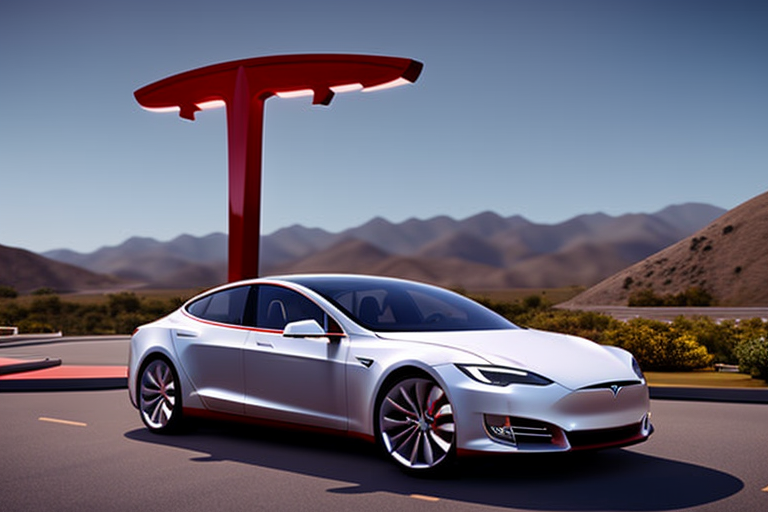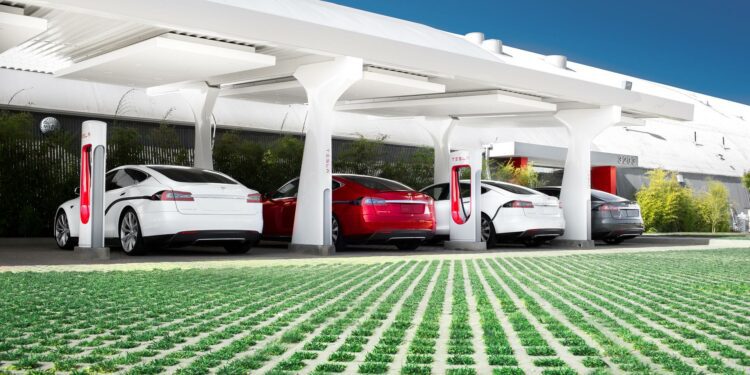Tesla’s Superchargers have been a major success in the United States, with most automakers now planning to design EVs with the North American Charging Standard (NACS) charge port by default. Now, Tesla is expanding its Supercharger access to other countries, starting with South Korea.
Tesla’s move to open up Superchargers to non-Teslas in Europe a couple of years ago was likely motivated by the need to qualify for subsidies and government permits to install Superchargers in various places. But why would Tesla open access to Superchargers in other places? In South Korea, it could be due to government policies that incentivize open charging standards and charging stations.
The other possibility is that Tesla could end up with a semi-monopoly on good, high-speed charging in many places, and there’s a lot of money to be made from a semi-monopoly. With Tesla’s Superchargers often standing out for their reliability, abundance, and ease of use, Tesla could come to dominate the EV fast charging scene and attract more new buyers.
It remains to be seen what countries could be next for Tesla’s Supercharger expansion. But it’s clear that Tesla is looking to capitalize on its success in the US and expand its Supercharger access to other countries.
FAQ
Q1. How electric car batteries work?
A1. Electric car batteries are typically lithium-ion batteries that store energy and power the motor. They are recharged by plugging the car into an electric outlet or charging station.
Q2. What electric car has the longest range?
A2. The Tesla Model S has the longest range of any electric car currently on the market, with a range of up to 370 miles on a single charge.
Q3. How electric car batteries are recycled?
A3. Electric car batteries are recycled by breaking them down into their component parts and then separating out the metals, plastics, and other materials for reuse. The metals are melted down and reused in new products, while the plastics and other materials are recycled into new products.







